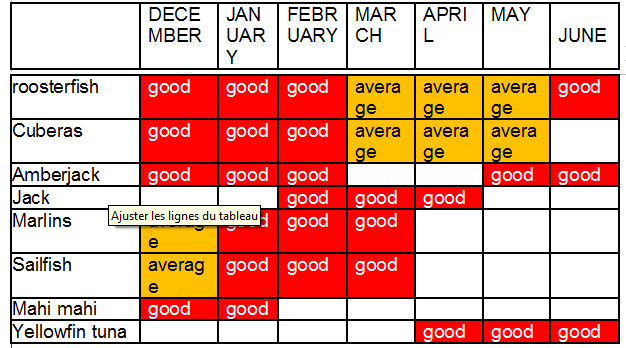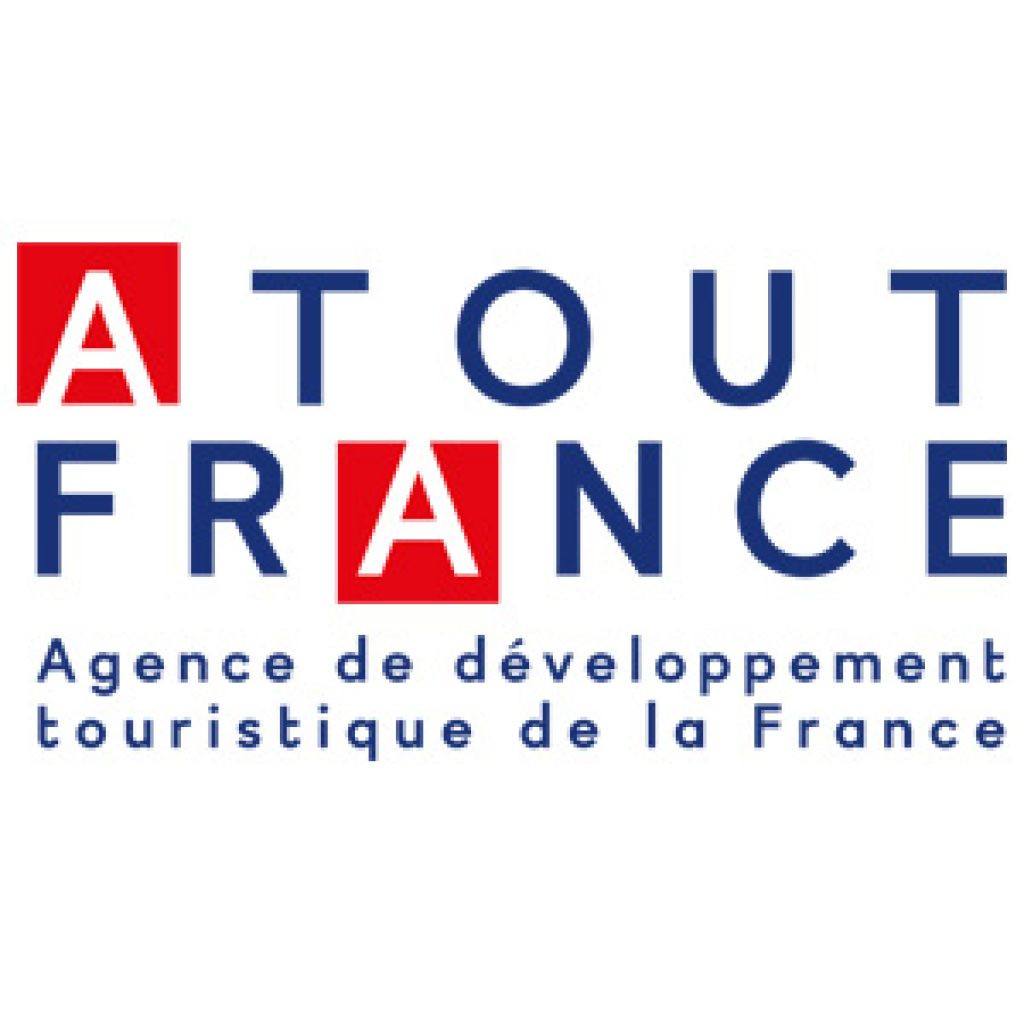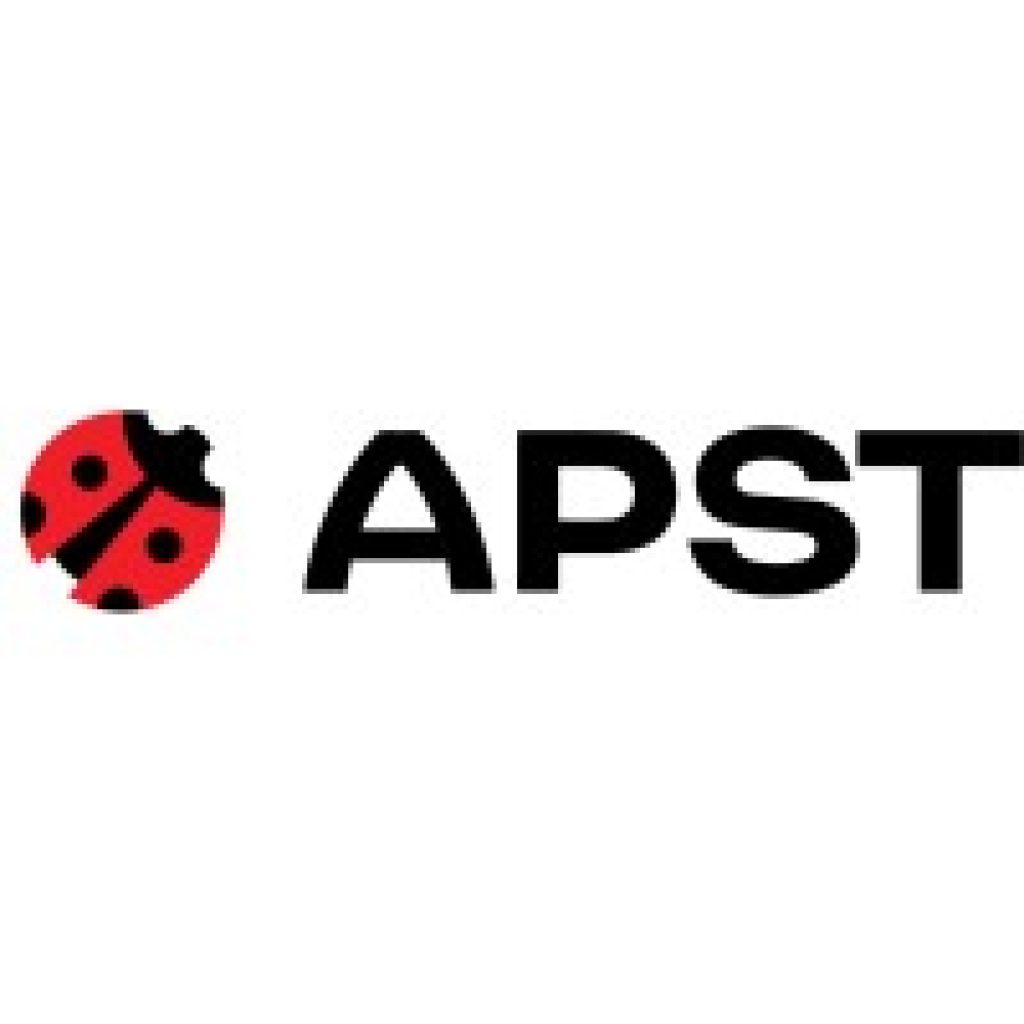FISHING TRIP PANAMA
Overview
Olivier Pêche Panama was created by the guide Olivier Charpentier who, after more that ten years experience in 6 different countries, decided to move to the Pacific coast of Panama. He will show you the unforgettable experience of fishing in the wildest and most wonderful spots of the Chiriqui archipelago where you will find the large predators who give Central America its fishing reputation. Isla Parida, Islas secas, Islas Ladrones and the more remote Isla Montuosa are the perfect playground for fishermen and your guide’s experience in tropical fishing will make sure you get the most out of it.
So, if :
-you want the privilege to fish one of the leading countries for sport fishing in Central America
-you are looking for an authentic environment, unspoiled by mass tourism
-you want a break from the hectic pace of our daily life and the opportunity to get away from it all
-you want to find good quality food and accommodation in a simple, friendly atmosphere
-you want to combine spinning, jigging and deep-sea fishing for billfish
-you want to use a variety of fishing methods and discover a maximum of Pacific species
Then this is the destination for you.
(Longer tours can be arranged)
| 10-Day tour, 7 nights in the lodge + 1 night in Panama City, 6 days fishing | |
| Day 1 | Flight Europe-Panama City Arrival. Transfer to your hotel where you will spend the night |
| Day 2 | Transfer to Albrook airport and domestic flight Panama City-David.(2) Our guide will meet you there. Transfer to lodge. Tackle preparation |
| From Day 3 to Day 8 | Fishing and relaxation |
| Day 9 | Departure for David then domestic flight to Panama City (2) Transfer to Tocumen airport. Return flight to Europe |
| Day 10 | Arrival in Europe |
(1) Subject to modification
(2) subject to domestic flight schedules
Other activities
In the archipelago you choose an excursion to see the whales and dolphin (depending on the season), go hiking on the island, swim and picnic or go shopping in the small town of David. There are beautiful beaches nearby and possibilities to go snorkelling. Excursions can be organised to vist the mountains, the Baru Volcano National Park , the hot springs etc. These outings must be planned two days in advance.
Geography
Panama is the last country in Central America, bordered by Costa Rica to the north and by Columbia to the south. This thin strip of land, home to a variety of unique flora and fauna, is an ecological bridge between North and South America. A large number of plants, reptiles, and birds can only be found here. From a geological point of view, Panama is a tormented zone because of the subduction of the oceanic plates and this explains the presence of volcanos and hot springs as well as the variety of its landscapes. The Chiriqui archipelago has around 80 small islands, most of which are uninhabited. It is located 350km to the west of Panama City, 60 km from the small town of David and 80 km from the border with Costa Rica.
Accommodation
You will stay in the heart of the archipelago in a villa located in Boca chica , facing the island of Boca Brava. On the ground floor of the villa there is a kitchen, guide accommodation and a workshop. The first floor is for guests and has 3 air-conditioned rooms with private bathrooms (hot water)
2 rooms have 2 beds and the 3rd has three beds.
Meals are served on a terrace overlooking the sea and this is also when the next day’s fishing is organised.
The marina is within walking distance.
The villa does not have a swimming pool.
Camps
Fish several days where other boats fish only a few hours
Montuosa camp
Montuosa is a small island 50 miles offshore. Perched in the middle of the Pacific on the edge of the continental shelf, it’s a strategic point for all pelagics – marlin, sailfish and yellowfin tuna.
Olivier Pêche Panama has set up an exclusive camp on the very island. The setting is of the utmost beauty with coconut trees, white sand, beaches, lush vegetation and crystal-clear waters. The island even has freshwater. The off-shore slopes of the island are constantly visited by black marlin, sailfish and huge yellowfin tuna. Fishing is usually by trolling artificial lures but bait fishing with bonito gives you the best chance of catching a big black marlin. To find the yellowfin tuna, we look for the dolphins.. Tuna can be caught on poppers and put up a fight to be remembered.
This camp allows you to stay close to the fishing zones and is only 10 miles from the mythical Hannibal Bank with the Zane Gray Reef. It is known for its huge yellowfin tuna which can empty a Stella 1000 in a few seconds. The Bank is also home to amberjack and groupers and, at the surface, large mahi mahi which take on poppers. In these crystal-clear waters, you can see the attack coming. The sites are so close to each other that you can everything in one day – popping rockheads for red snapper and roosterfish, jigging for amberjack, then trolling for rostrum when the sun rises.
Which fish in Montuosa?
Here you will be looking for pelagic fish
Big black marlin can be caught trolling love bonito. Sailfish can be caught with traditional trolling. The most fabulous experience in Montuosa is the yellowfin tuna which can be taken on a popper. You will see the water bubbling under the pressure of these fish from 30 to 100 kg.
On the rocks, spinning or jigging for amberjack and snapper.
Coiba camp
This camp is in the heart of the Coiba National Park which is a UNESCO heritage site. All forms of commercial fishing have been banned for 12 years, creating a haven for the fish. Sport fishing is authorized with a permit and catch and release is obligatory. One fish can be kept per day.
The Coiba Jicaron zone is an immense playground for poppers and jigging. The cubera snapper, an incredibly strong fish, is a native of these waters as are roosterfish and other species of snapper. For this camp there is an extra charge of 200 euro (250 USD) due to the remoteness of the site (fuel) and the cost of the permits. Before camping, everyone must register at the rangers office and pay the sport fishing fee and the entrance fee to the park.
Which fish?
The large red snapper is the king here and can be fished with poppers. Also amberjack, groupers, roosterfish, tuna…
What you need for camping
The organizer will provide an individual tent, an inflatable mattress, a sheet and a towel for each person. A larger tent can be provided for couples.
There are tables and chairs provided for the meals prepared by Suzy.
You will need to bring :
-a headband lamp
-a waterproof bag for personal belongings
light trousers and long-sleeved shirt for the evenings
Mosquito repellent. No mosquitos on the island but the wind can blow in moutmouts
The organizer has a small first-aid kit but you should bring any medicine you need.
Your passport is required on Coiba in case of routine checks
The Fish
The Big Snapper
Dienton snapper, Pacific red snapper, colorado and mulet snapper
These fish are incredibly strong and can break even the sturdiest tackle. The cubera can be fished in any depth of water with poppers, jigs or bait. You will need a good 80 pound rod with a braided line of the same strength if you want to get these specimen off the rocks. Use 150 gram poppers to attract the red snapper . Big cuberas can reach 50 kg.
Amberjack (average weight 15 kg)
This fish feeds on the sea bottom and jigging is the best method to use. Jig weights should be from 150 to 300 grams depending on the depth of the position. Amberjack can rise on poppers. They are fast and feisty and live in schools around the rocky sea-mounts. A common species in Panama
The Roosterfish (average weight 15 kg))
This is the most emblematic fish of this Pacific area. Olivier Pêche will optimize your chances of catching one. It can be fished with poppers and live bait., near the surface. Their attacks and combats are unforgettable as are their acrobatic leaps. Panama waters are home to record roosterfish, possibly among the largest in the Central American zone.
Groupers (average weight 20kg)
A typical bottom-feeding fish which can be caught on lures or bait. The most common species in Panama is the Broomtail gouper. These combative fish can reach 60 kg
Shark
Several species of shark can be found in the waters of the archipelago e.g. Bull shark, and bronze shark which can have a go at a popper…
Snook
In abundance in mangroves and estuaries. Fly-fishing or light spinning are most appropriate. Feisty and acrobatic.
The Jacks
Abundant and playful, great fun with a popper. 4 species are to be found – hyppos, caninul, blue dots and bigeye trevally.
Big tuna
Big yellowfin tuna are incredibly strong and a challenge for the angler and the tackle. Looking for them with the dolphins and birds is a memorable experience and sometimes the water erupts near the boat, the rod bends and off you go!
Big tuna are caught on poppers or live bait.
Pelagic fish
Marlin
The three species are present in Panama, black, blue and striped but the black marlin is the most common around Montuosa and Banco. The average weight is 300 lbs but each season sees trophy fish of 600 – 800 lbs which are caught and released. They are present throughout the year in Chiriqui but the peak periods are December, January and May.
Sailfish
Pacific sailfish are present from December to April and put up a great fight.
Wahoos and Maymay
Abundant at the end of the rainy season when the current brings in wrecks.
Rainbow runners, barracuda,…..
Fishing
Starting from the Isla Boca Brava, you have a large choice of fishing zones, each with its own specificity. The small group of islands of ‘Islas Sacas’ and the Isla Parida and Bolanos are exceptional for roosterfish and large snapper. The rocky seabed, from 10 to 40m deep, is great for lures. Olivier has found the best places and we have seen schools of roosterfish behind the poppers, with specimens of over 20 kg. As for the Viudas isles, they have record specimen of red snapper.
The more remote Islas Ladrones et Montuosa, with depths of 10 to 100m, are a paradise for jigging with amberjacks, groupers and large Dientons.
Further off-shore, seamounts (bajo 8 and Bandera) are fantastic spots where semi-sedentary and pelagic species live together. Yellowfin tuna, mahi mahi, marlin and sailfish join other species such as the amberjack and large red snapper. These places are also good for snapper mulet.
The variety of spots and the large number of islands ensure good fishing, regardless of the wind conditions.
The archipelago also has possibilities for those who prefer to use lighter tackle. The rocks and mangroves offer shelter to red snapper and snooks which can be caught on small poppers, swimming bait and bucktail jigs. So , don’t forget to bring along a 20 pound spinning rod with a choice of small lures.
Everyone will find the right place, whatever the preferences and the physical and technical capacities.
Fishing methods
Poppers and jigging
The Chiriqui archipelago has over 80 volcanic islands, banks and the continental slope which is so good for tuna, sailfish and marlin. The fishing zone is so unlimited that you can fish somewhere different each day. The site is perfect for poppers and jigging and you will be fishing in the midst of cliffs, lush vegetation, wind-swept rocks and heavenly beaches. Panama is a safe and beautiful country where nature rules.
The archipelago waters are home to all the species that have made Central America’s reputation : roosterfish, amberjack, 5 species of snappers, 4 species of jack, groupers, yellowfin tuna, black marlin, sailfish wahoos and maymay. They are just waiting for you to take them on.
Bait fishing
Olivier Pêche Panama use mainly poppers and jigging but big game can be hooked with a drifting live bait. It is a good idea to catch a few fish for live bait in the morning – it doesn’t take long and it can pay off! This method can be used as a complement or during a well-earned rest from the afore-mentioned methods just so that you can hook another fish during your break….. Live baits are used on small size 6 sabiki hooks.
Fishing seasons
Fishing is possible all year round with good chances of success except during the wettest months of September and October. The off-shore species are affected by the currents which vary from one season to the next. Sedentary species (roosterfish, snappers, amberjack) can be fished throughout the year but the period from November to July is the driest and therefore the most pleasant.
The billfish season (marlin, sailfish, yellowfin tuna) is from November to May.
The Fishing centre is closed during the rainy season from September to mid-November.
With regard to yellowfin tuna, it is impossible to guarantee which season is best. These species migrate and the dates of their passage differs from one year to the next. It can simply be said that the period from February to June is an excellent time to try.

Administrative requirements
French citizens : passport with at least 6 months validity before expiry after return date
Other nationalities : please contact your embassy
Health : No vaccination required. No malaria present in Panama City or David
Sun: we recommend you bring sunblock, sunburn ointment, high-protection sunglasses adapted to marine environment, and a hat.
You should also bring : A waterproof jacket, a first – aid kit with disinfectant, plasters, any usual medicines you may need…
Language : Official language is Spanish and lots of people speak a little English but no French. Your guide is French
Time : Panama is 7 hours behind France (-6 in winter)
Climate : Panama has a tropical climate. Temperatures are between 28 and 30° all year. The dry season is from December to mid-May with larger variations from one year to the next. The rainy season is from August to October.
Currency : American dollar




